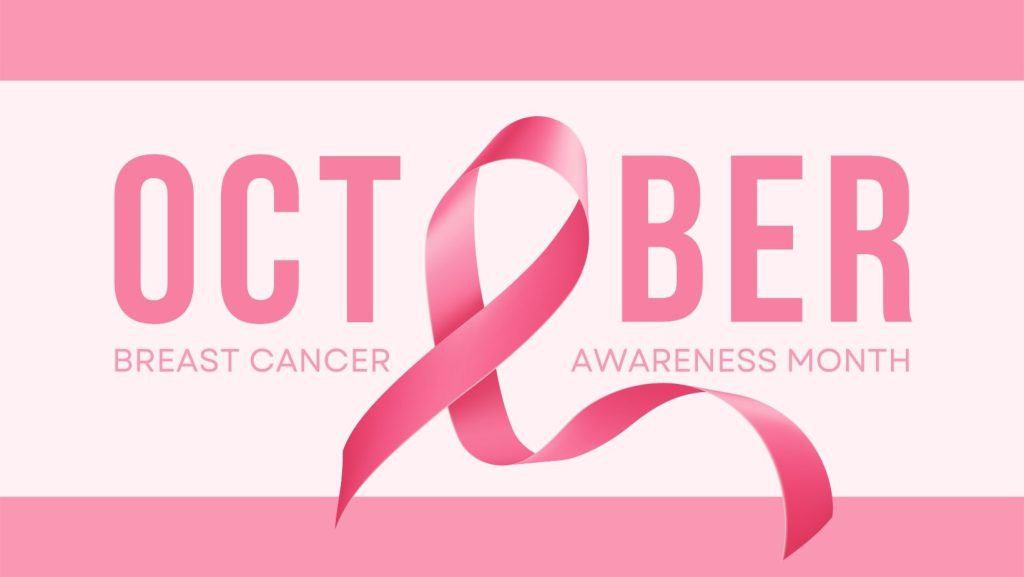
October is Breast Cancer Awareness Month, which makes it the perfect time to talk about the best ways to detect and fight against the second most common type of cancer in women. According to the National Breast Cancer Foundation, 1 in 8 women who live in the United States will develop breast cancer in their lifetime. Breast cancer is not specific to women, as more than 2,700 men are diagnosed with breast cancer each year. Maybe you’ve heard the words breast cancer several times in your life, but you lack a deeper understanding of what breast cancer is, so we’re going to use this week’s resource guide to help you get a better grasp on breast cancer and how you can help yourself with early detection.
So, what is breast cancer? The Susan G. Komen organization defines breast cancer as a disease where the cells in the breast tissue grow out of control, and as they grow, they can form a mass or a lump, referred to as a tumor. Some of these tumors are completely harmless and those tumors are known as benign, but some are what is referred to as malignant, which means that the tumor is cancerous. The cells in the tumors can spread throughout breast tissue and be referred to as invasive breast cancer, as well as leaving the breast and spreading to other organs in a process known as metastasis.
You may now be wondering how someone develops breast cancer, and the answer is unfortunately not a simple one. Some risk factors include getting older, inheriting certain gene mutations, early menstruation, having larger, dense breasts, family history of breast or ovarian cancer, and previous exposure to radiation therapy. Those are all risk factors that we have little to no control over, but some ways that you can help prevent breast cancer are by being physically active, by ensuring that you are not overweight, researching hormones before you begin a hormone regimen with your doctor, and limiting your alcohol intake will all reduce your risk of breast cancer.
According to Johns Hopkins Medical Center, 40% of diagnosed breast cancers are detected by women who feel a lump, so establishing a regular self-exam is important. In order to become familiar with the way your breasts look and feel, make sure to self-exam once a month so that you can detect any changes and communicate them with your doctor. In addition to doing self-checks all women ages 40 and older should have a mammogram every one to two years. A mammogram can detect breast tumors before they can be felt, so it’s important to get screened regularly.
We hope this helps guide you in the right direction as it pertains to breast cancer awareness and advocating for yourself.
